Artist and author
Making use of the critical gaze that he casts on subjects in the news, Mathieu Gotti creates wood sculptures that belong to a utopian world that could be situated in a fantastical future. He addresses social questions, mainly those involving the environment and the survival of species in the context of a world in decline. Not wishing to give in to pessimism, which would undermine efforts at contact between spectator and artwork, Gotti opts for a playful aesthetic that allows serious issues to come to the surface. It is certainly a seductive tactic, but it achieves its goal; the animals portrayed seem to adopt human behaviours that remind spectators of the impact of their own actions. As a strategy, this anthropomorphism raises questions about the traces that persist in nature after his brief passage. During his stay at Est-Nord-Est, Gotti also worked with artefacts (grenades, guns, gloves, spoons) that he wanted to cast in aluminum in order to transform them into tools for reflection about survival. Similarly, his wooden sculptures of fourteen woodland caribou threatened with extinction, though instantly doubling their population, marked their imminent demise.
Gotti did not limit the presentation of his works to exhibitions; during the residency, he moved some of his sculptures outside to photograph them in a natural environment, hung from an aluminum support almost three metres high. Depending on the context, he rearranged and recombined his autonomous sculptures in order to reconstruct possible scenarios for the end of the world. These activities were aligned with his performative desire, as he made the movement of his massive works a gesture as significant as their installation. These movements were pretexts for encounters and exchanges around the absurd nature of the scene, as, in his approach, this human contact is as important as the work presented. He also wanted to see spectators interact with the works, even in the exhibition context, in order to encourage appropriation of the issues addressed.
Discover
Newsletter
Keep up to date with the latest news!




